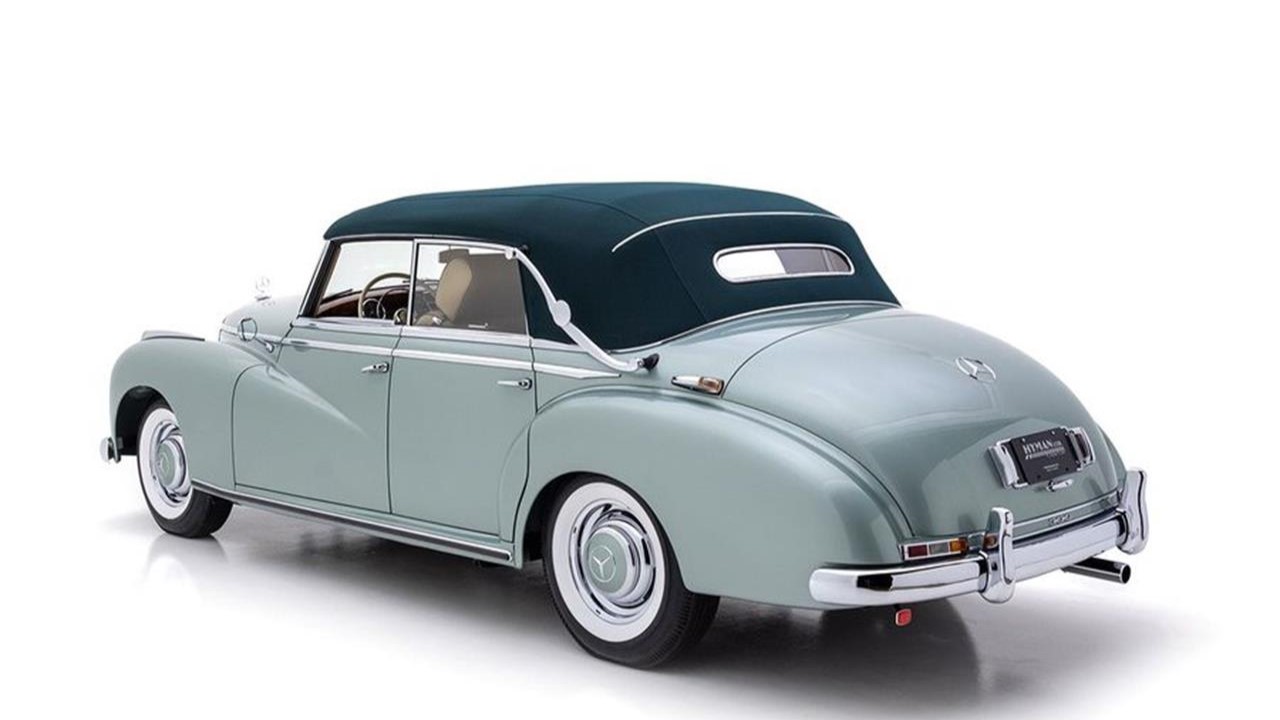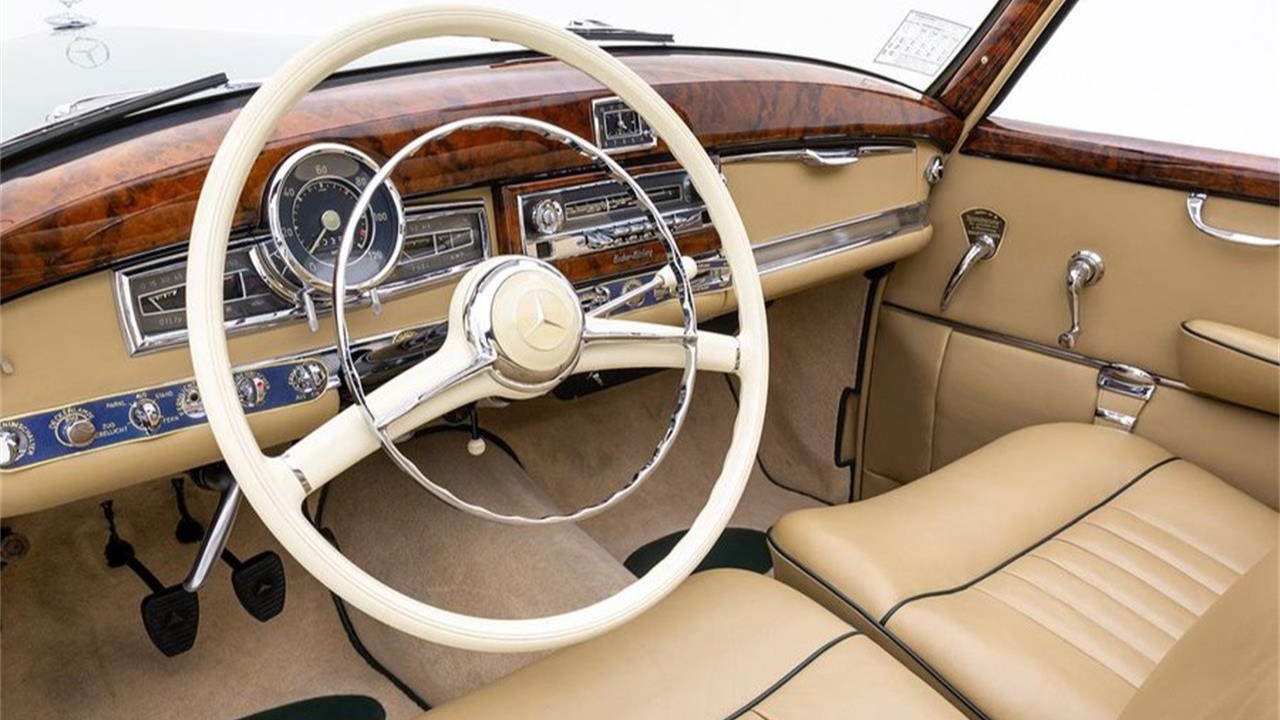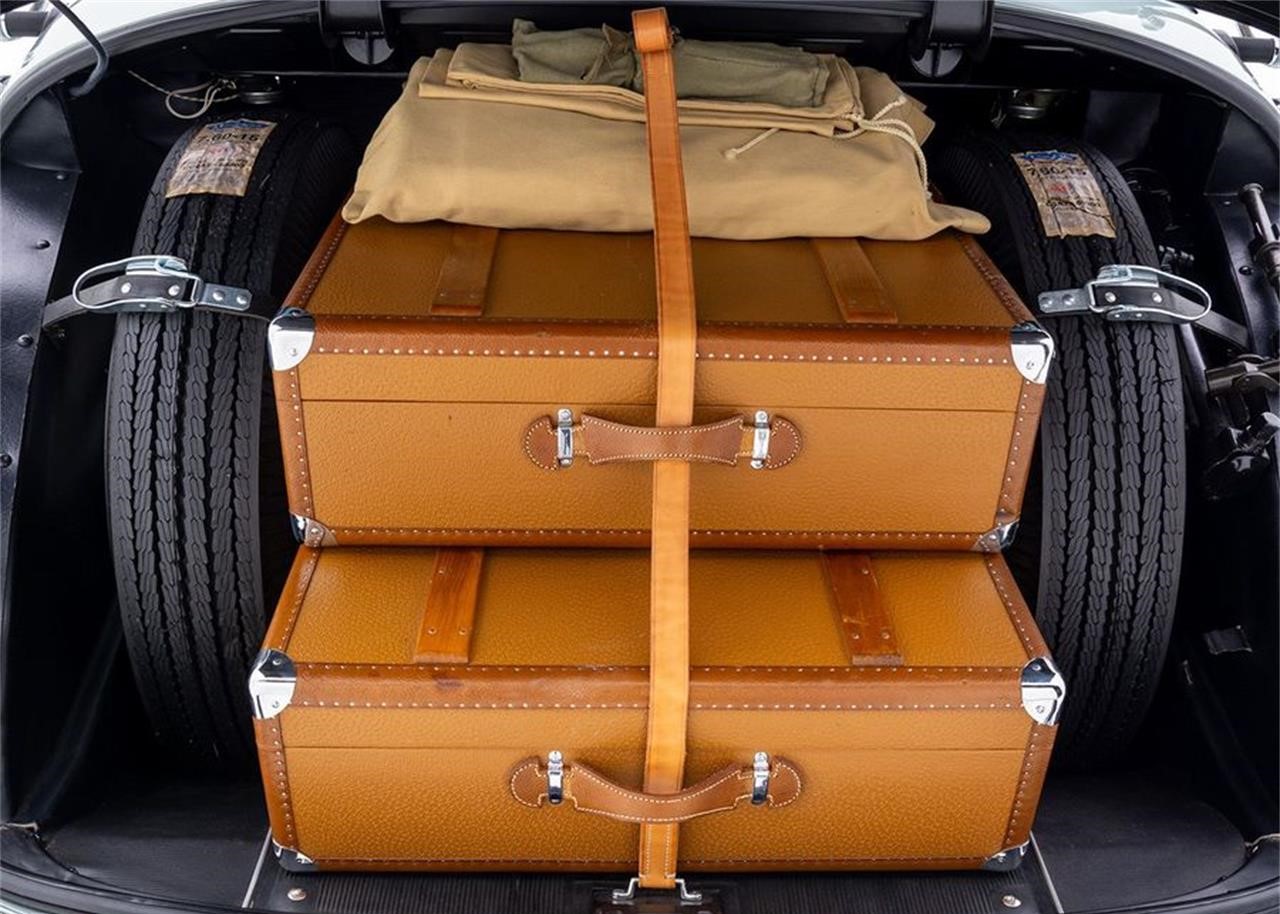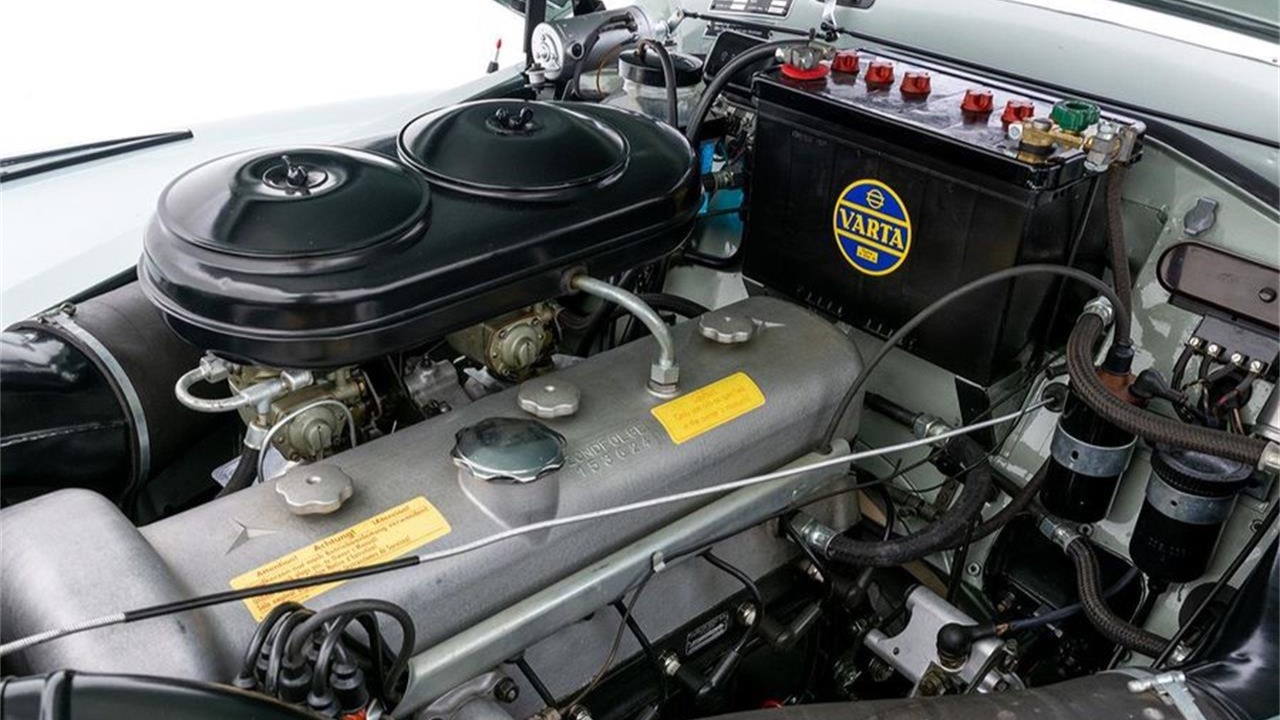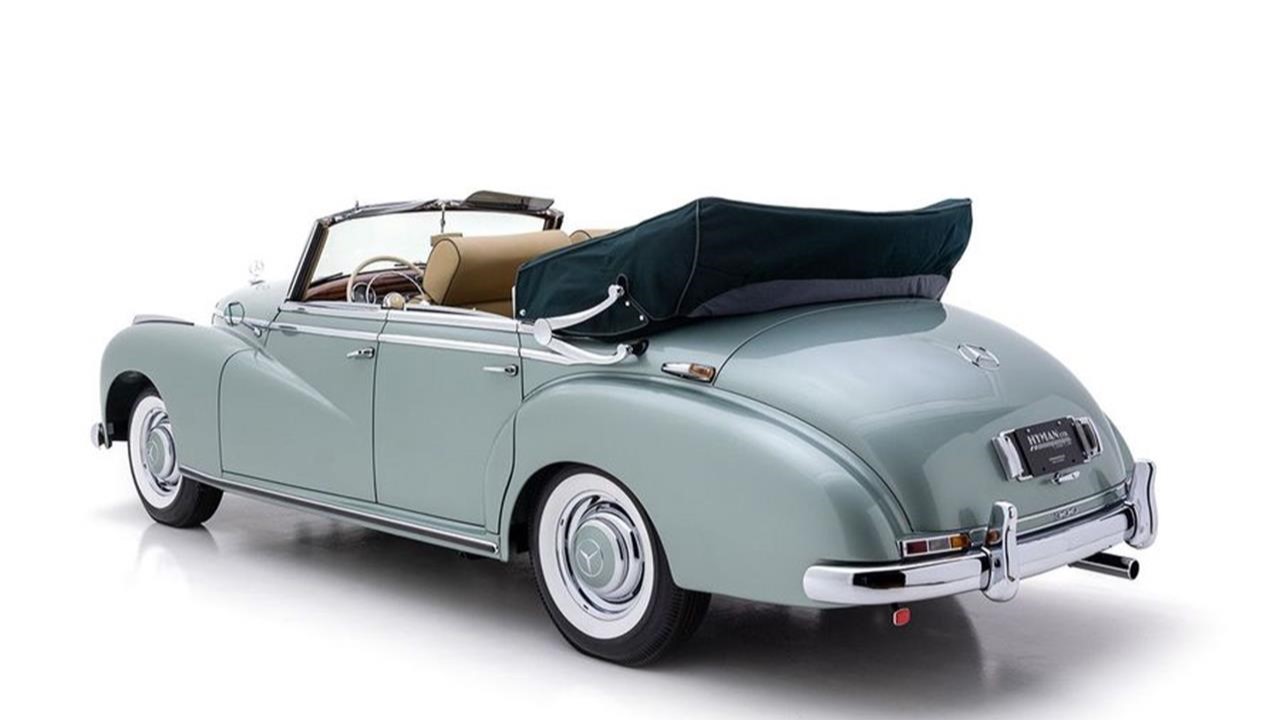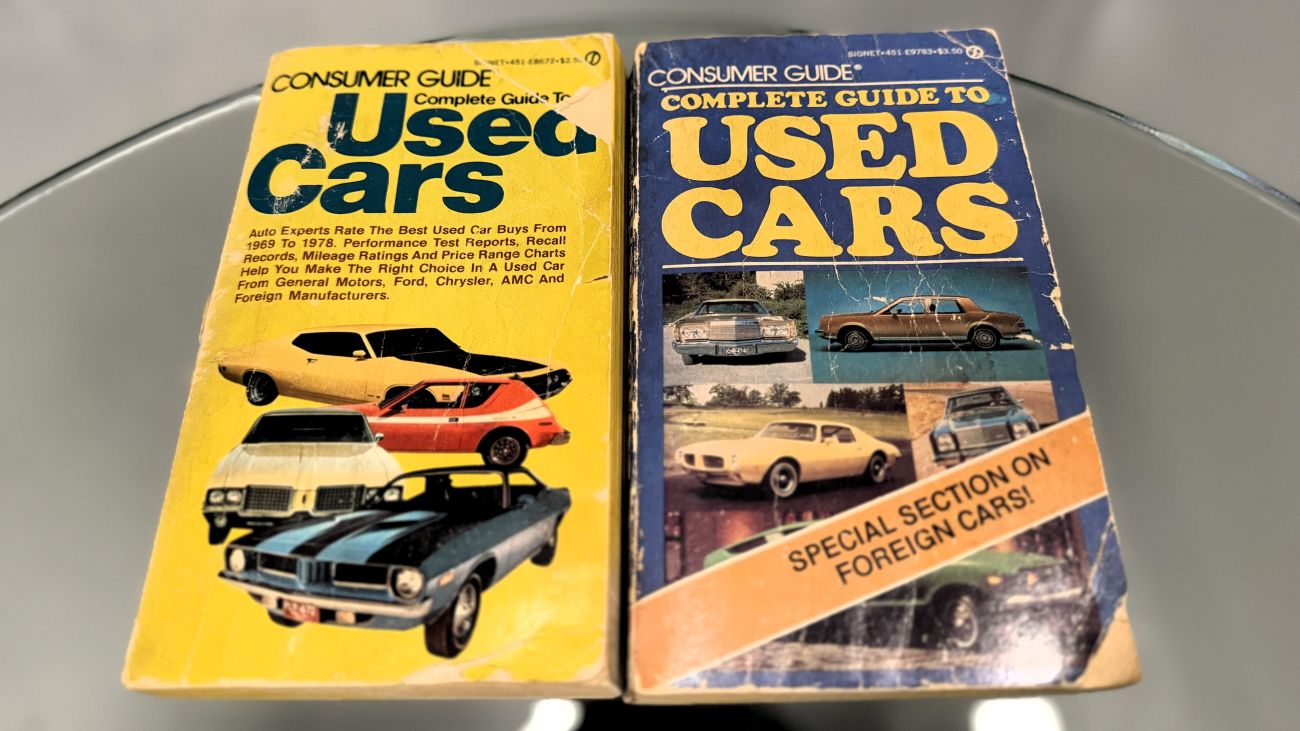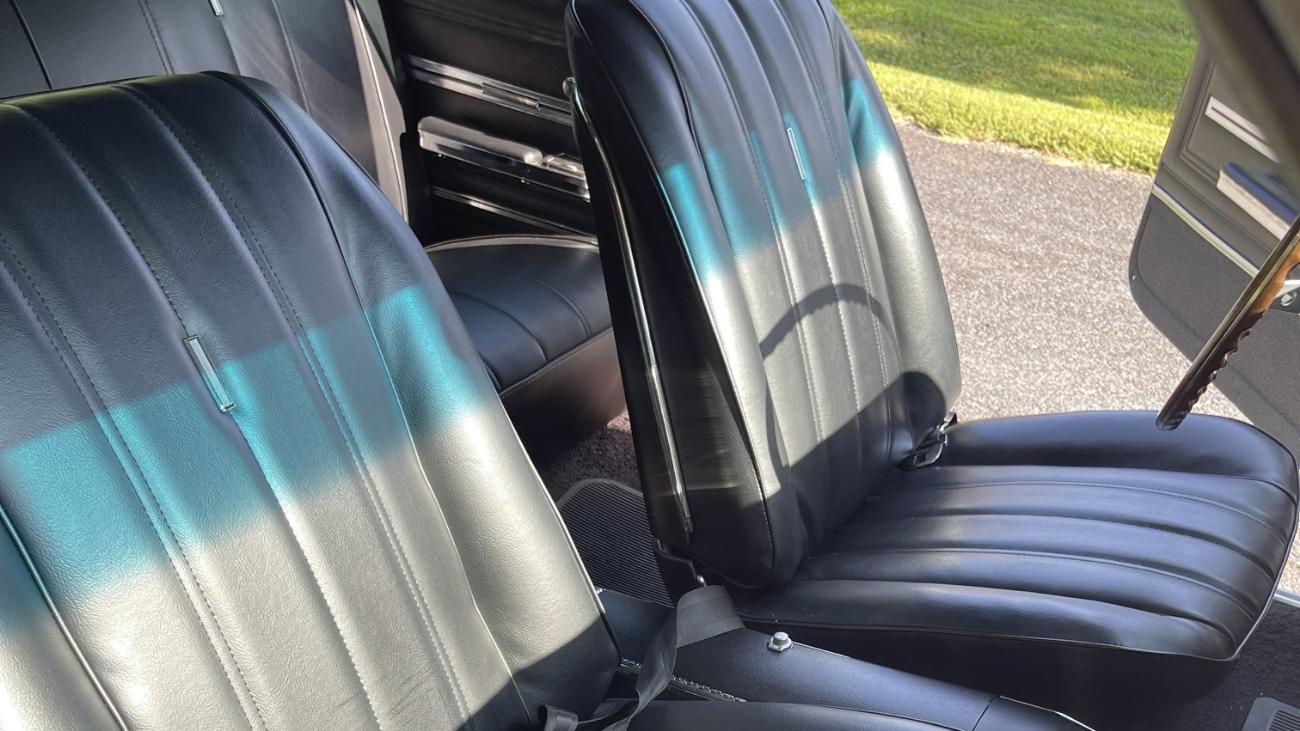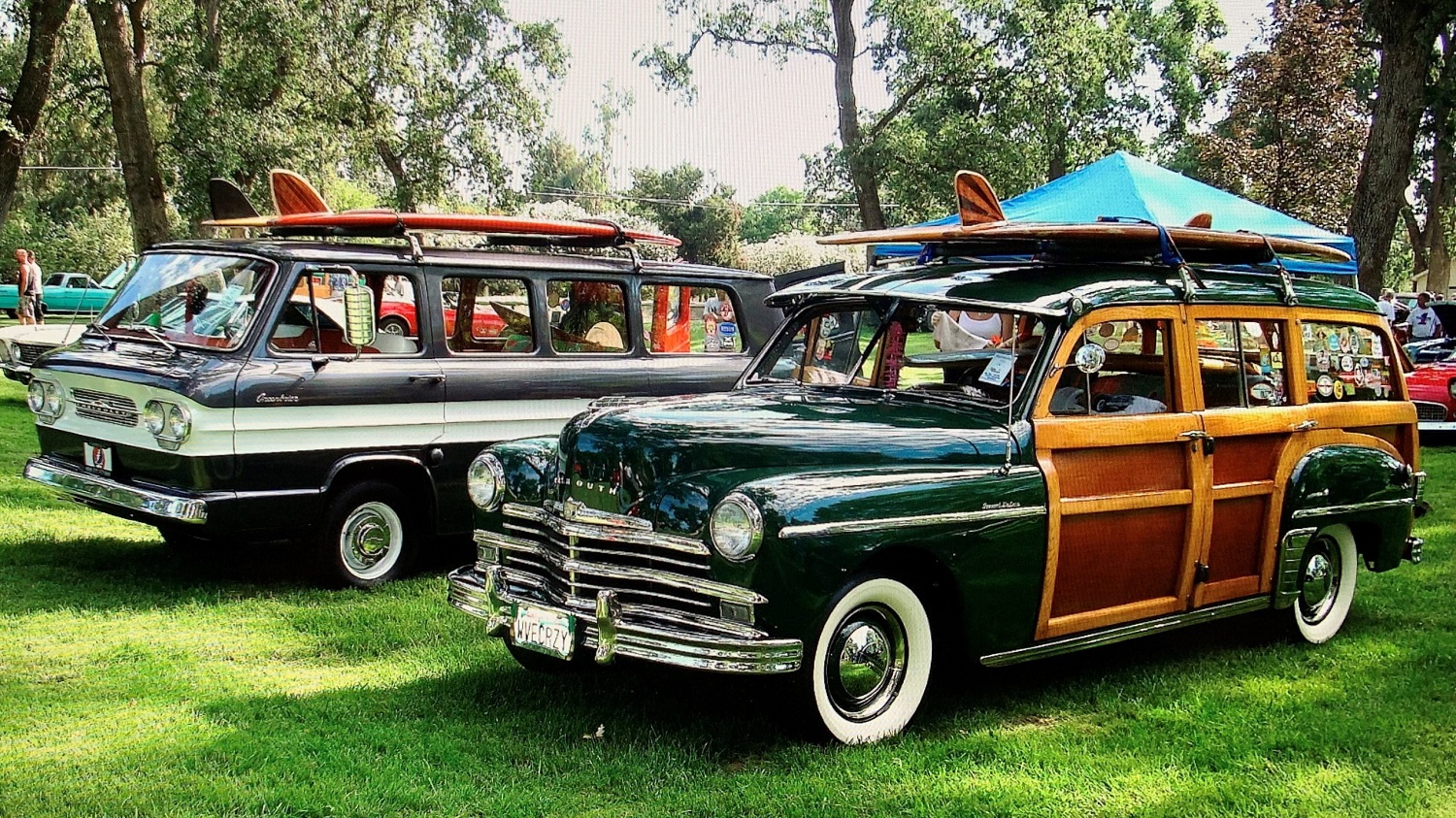With so many Chevrolets on the streets, it’s often difficult to find one that’s unusual. That’s typically the fault of conformist owners because, statistically speaking, so many Chevys produced should mean that interesting ones pop up on the radar more often. For those of you bored by Hugger Orange Camaros, allow us to introduce to you our Pick of the Day, a 1969 Chevrolet Malibu Sport Coupe. It is listed on ClassicCars.com by a dealership in Canton, Ohio.
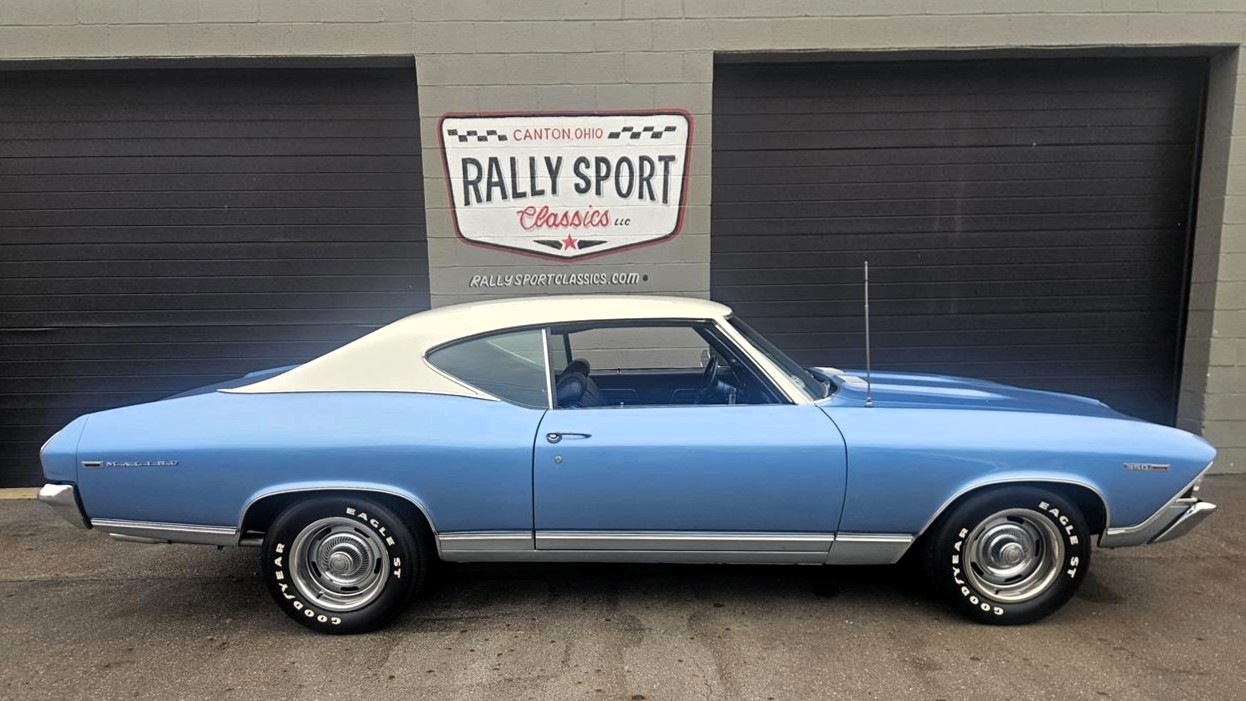
Chevrolets are like the Homecoming King who’s also the QB of the football team and the student council president: they tend to be attractive and have broad appeal, the respect of the people around them, and the hatred of also-rans. It’s difficult having allegiance to Brand X when you have Chevrolet folks who only know Chevys and will put small-blocks in anything, almost like a parasitic insect. Utter disrespect! Yet, once in a while, along comes a Chevrolet that sticks out. This is that car.
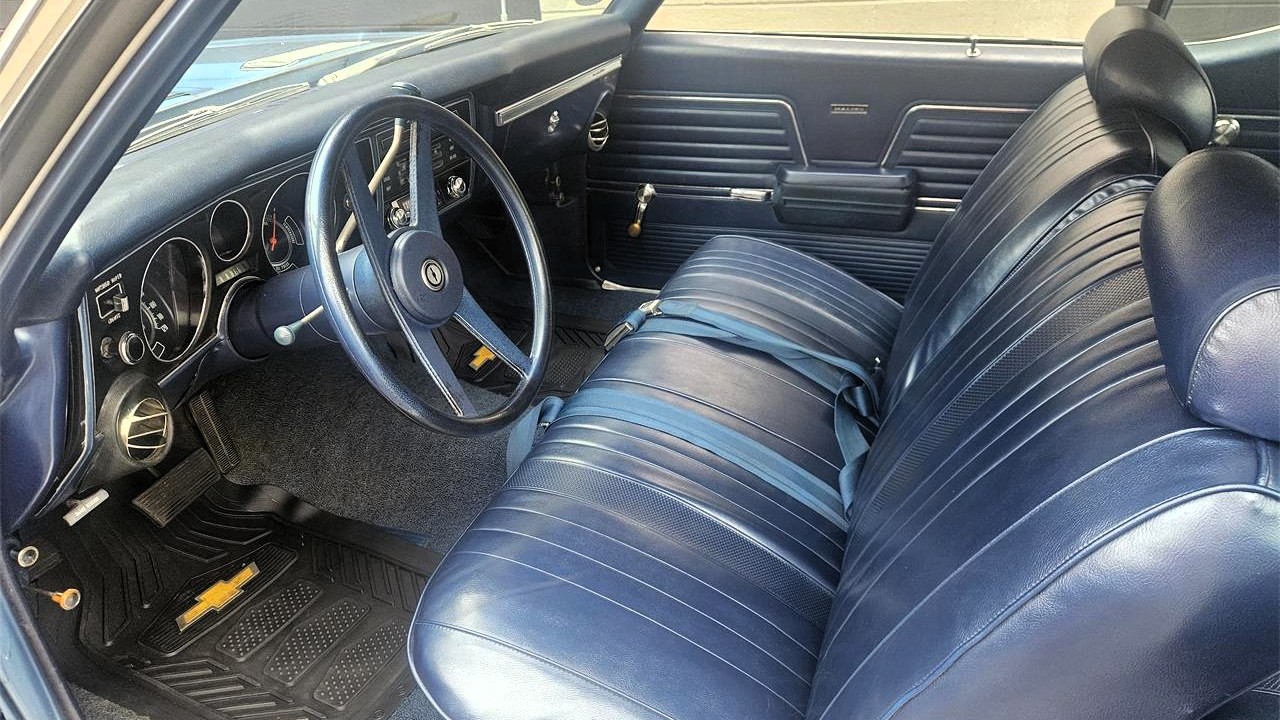
The 1969 Chevelle was facelifted for 1969, the second year for this generation. New was the elimination of vent windows for two-door hardtops and convertibles, as was the discontinuation of the Chevelle 300, leaving the 300 Deluxe at the bottom of the hierarchy. Interestingly, the SS 396 lost its model status and became a performance package, with Chevrolet making it available on the 300 Deluxe Coupe (with B-pillar) and Sport Coupe (without), the Malibu Sport Coupe, and the Malibu Convertible.
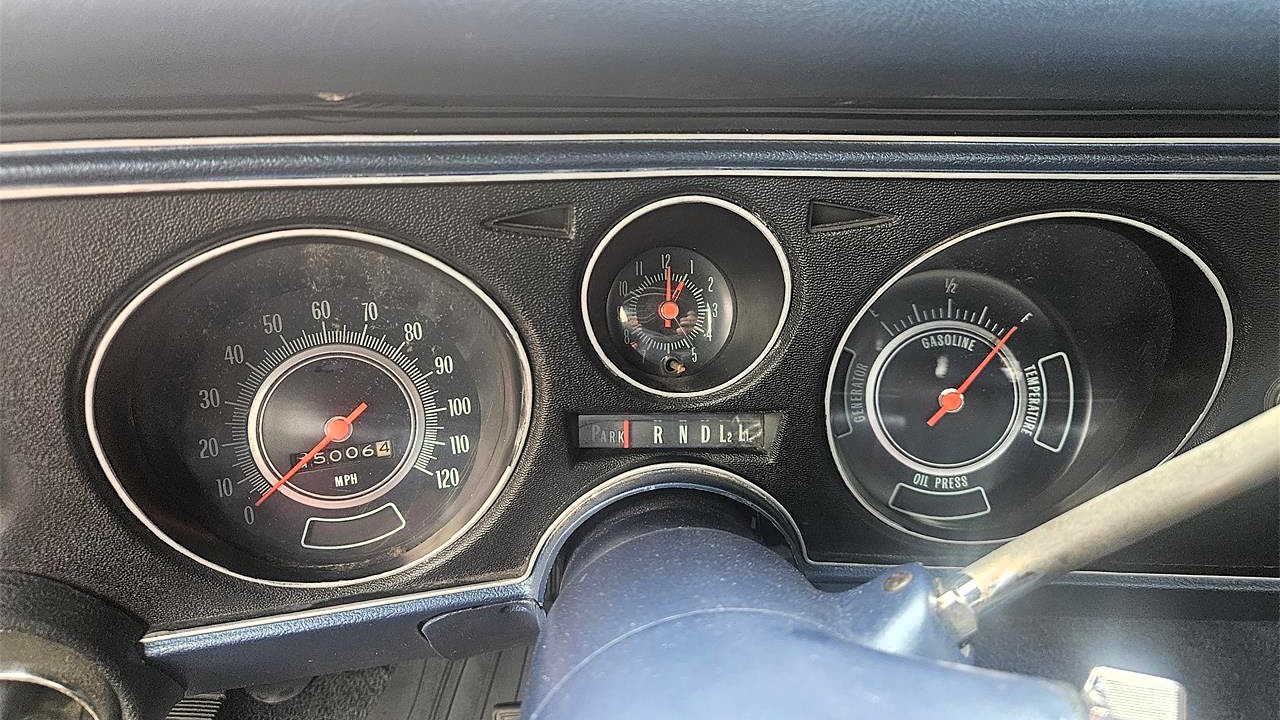
Also new was the mid-year addition of the 427 through Chevrolet’s Central Office Production Order (COPO) system, a channel for fleet orders that allowed Chevrolet to break the rules and produce an engine larger than the 396 in the Chevelle. Like the COPO Camaro, the COPO Malibu was not a Super Sport but featured some SS regalia (such as the hood). Another similarity was that Yenko Chevrolet in western Pennsylvania converted some into Yenko Super Cars.
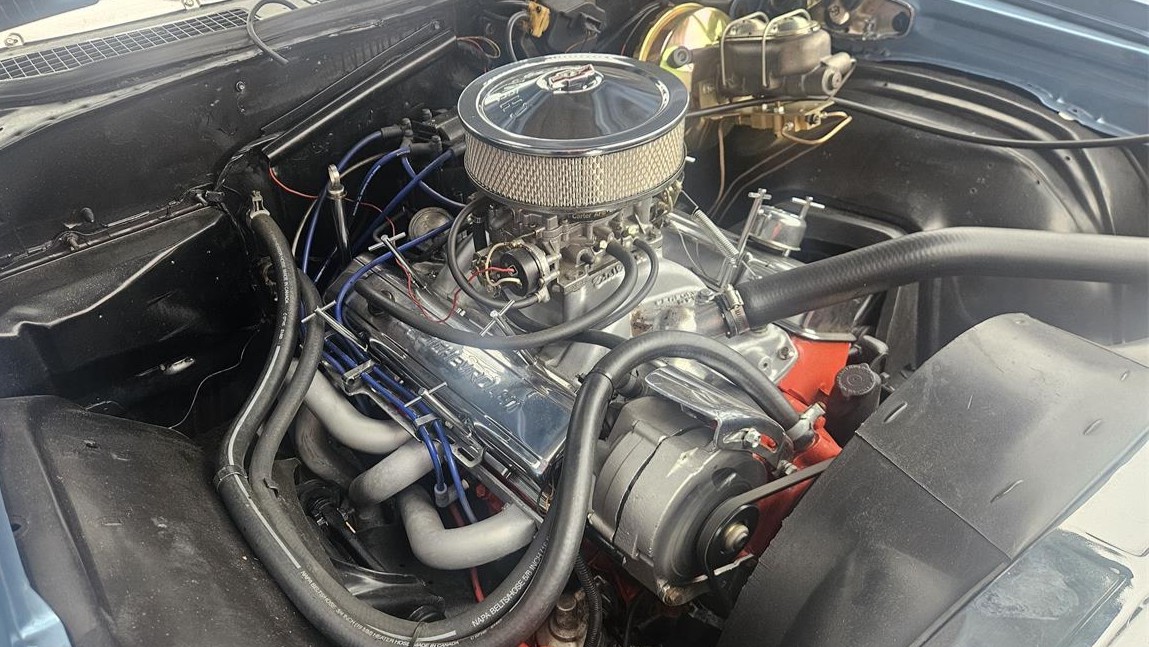
The Malibu continued to sit at the top of the Chevelle lineup. All Malibu body styles except the Coupe were trimmed with Cortez Silver on the lower body and decklid panel—a nice touch.
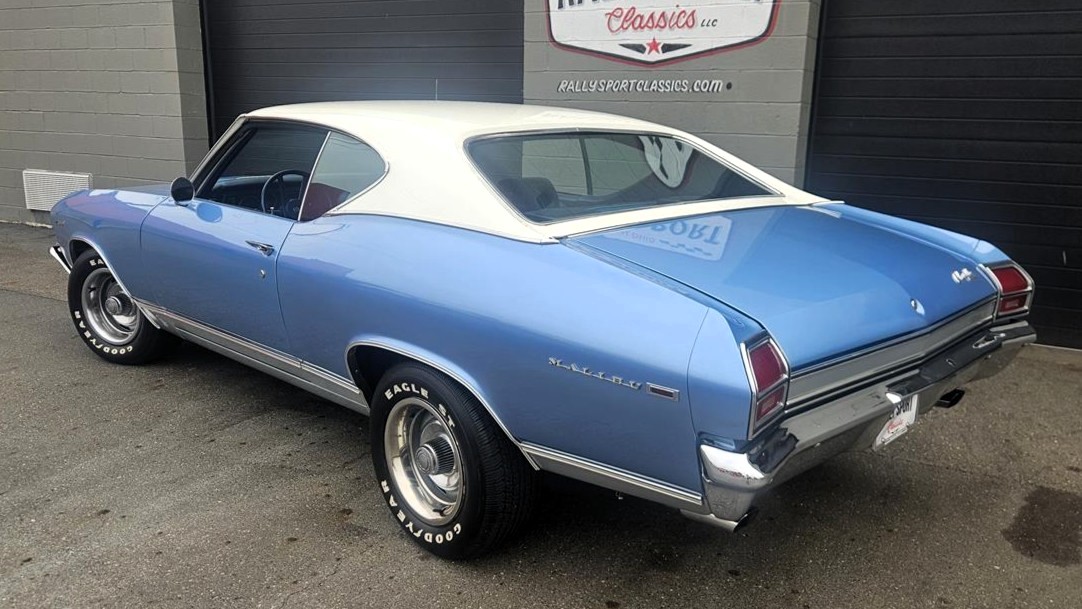
These days, you don’t often see cars flaunting this trim because countless Chevelles have been modified by everybody and his mom, but this 1969 Chevrolet Malibu Sport Coupe shows us how it should appear. Additionally, this is a two-tone car—note the Glacier Blue body with Dover White top. Only 4,590 Chevelles of all trim levels and body styles were painted in this combination, so breaking it down would suggest there were few built like this. “Sporting an older cosmetic restoration, this car still looks fresh. The Glacier blue paint is near perfect and the car is laser straight,” says the seller. “The blue interior has been freshened up with seat covers and door panels. The rest of the interior appears to be original with only a ‘70s sport steering wheel and a newer Custom Auto Sound stereo system.” An SS hood and 15 x 8-inch Rally wheels have been added.
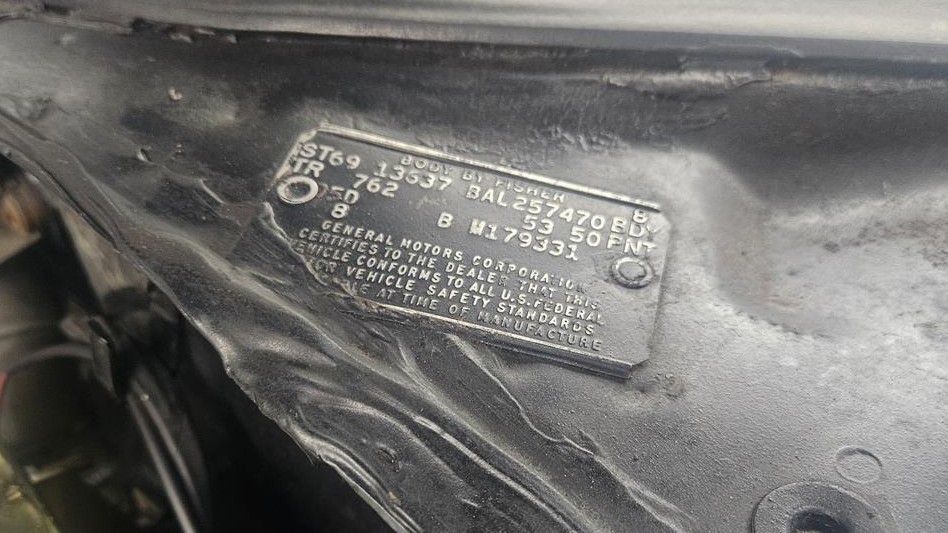
Aside from COPOs and SS 396 cars, the biggest engine available in the Malibu was the 350 small-block, which this has, though it’s been warmed up “with a little over-stock camshaft, aluminum intake, and four-barrel carb” plus headers and dual exhaust outlets that end in SS-style tips. If you wear a Bow Tie yet march to a different Chevy beat, we can think of three colorful reasons why this $39,995 Malibu is the right one for you.
Click here to view this Pick of the Day on ClassicCars.com























